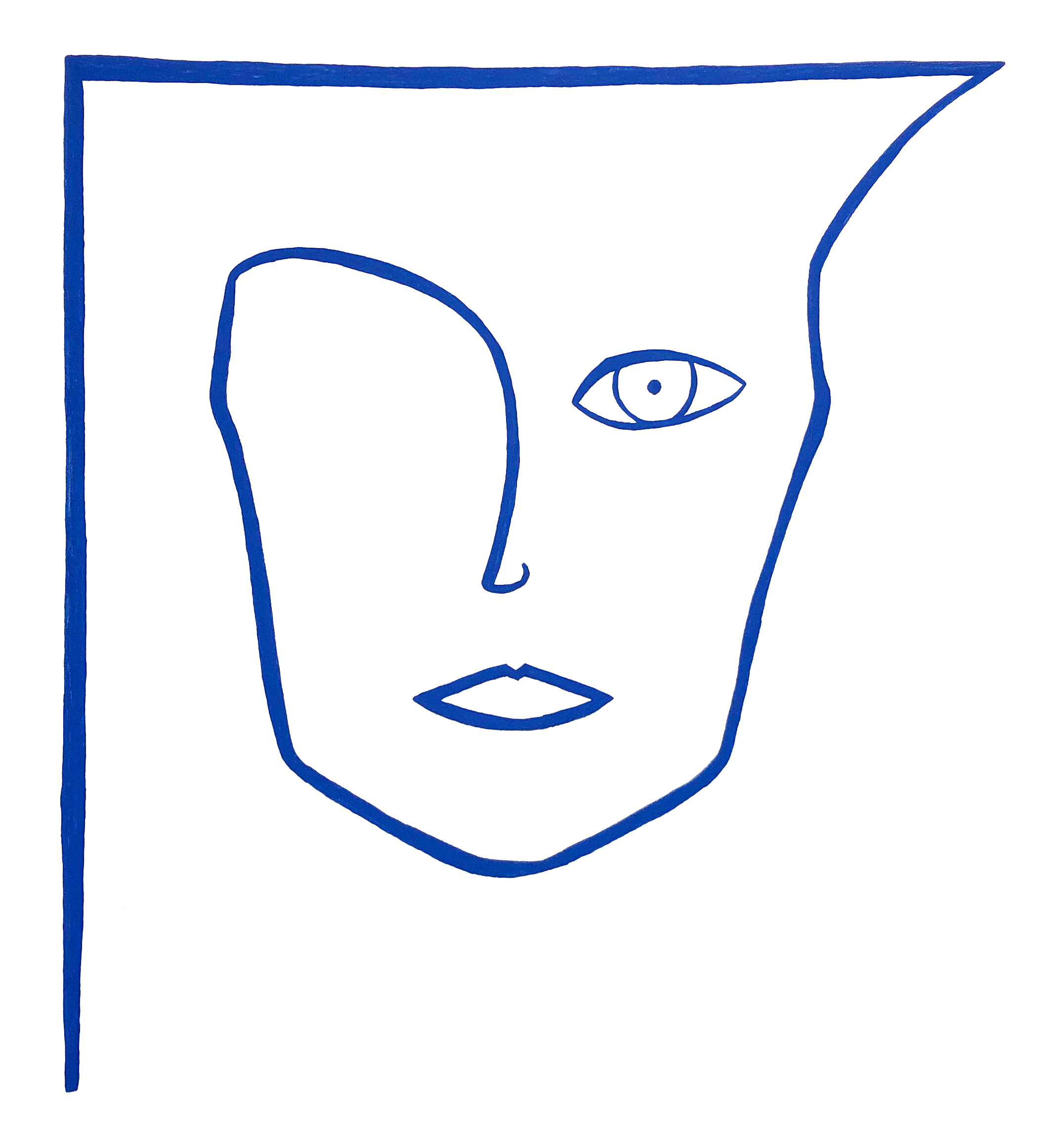ABSTRACT
One of the most common causes of short stature is a defect of the short stature homeobox-containing (SHOX) gene, which is located in pseudoautosomal region 1 on the distal end of the short arm of chromosomes Xp22.33 and Yp11.32. More than 300 different mutations in the SHOX gene responsible for short stature syndrome have been described. The phenotypic expression of SHOX haploinsufficiency is remarkably varied. The 3 typical clinical presentations, from least to most severe, are idiopathic short stature without skeletal malformations, Leri-Weill dyschondrosteosis (LWD), and Langer mesomelic dysplasia, which is believed to represent the homozygous form of LWD. Despite a higher prevalence in women, suggesting the potentiating action of high estrogen levels on the effects of SHOX deficiency, the syndrome was initially believed to have an autosomal pattern of inheritance. In reality, heterozygous SHOX mutations can be transferred from the Y to the X chromosome and vice versa. This phenomenon is called « the jumping SHOX gene » and corresponds to a pseudoautosomal dominant inheritance. LWD is characterized by mesomelic short stature and Madelung deformity defined by an upward and medial displacement of the radial joint surface, which restricts range of motion. Less specific dysmorphic signs associated with LWD, such as short hands and feet, scoliosis, or muscular hypertrophy, have been described. When reviewing the dental and maxillofacial signs, only limited and summary data (micrognathia and high arched palate) have been published in the literature. This report presents a case of LWD that highlights many other noteworthy dental and maxillofacial signs that are important to clearly identify and appropriately treat.
